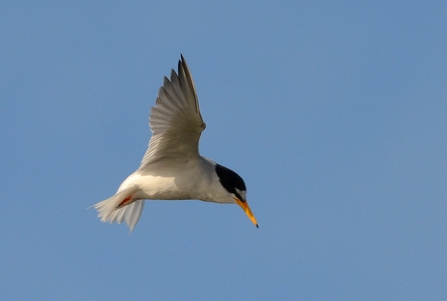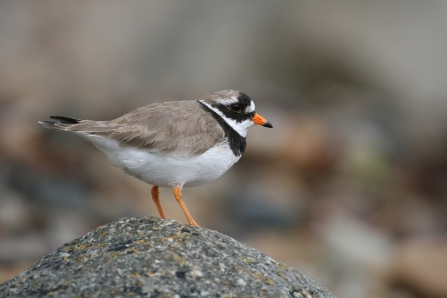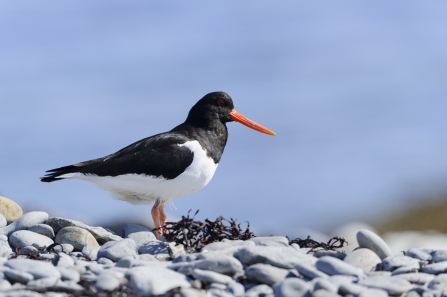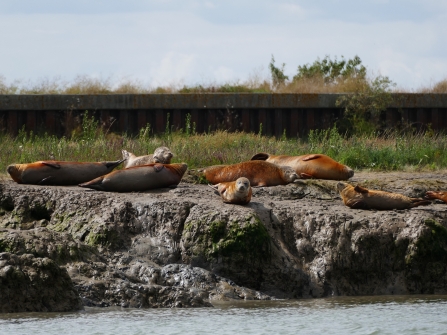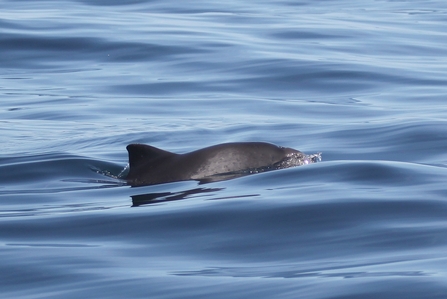As the population of Essex grows, we must all ensure we are sharing our shores with all coastal wildlife. Essex Wildlife Trust are monitoring the populations and habitats of a variety of costal species, alongside working with the public to raise awareness of how we can all allow our coastal wildlife to thrive.
If you head to the coast this summer, you can help by recording where you see five key coastal species in Essex as well as noting any evidence of potential pressures on the wildlife you may have observed. The data gathered on the key coastal species will feed into current conservation projects at the Trust, helping them to build up a better picture of the key species and how Essex residents are using the coastline during summer.
There is no limit to the number of surveys you can submit, so your sightings are welcome if you are a regular to the Essex coast this summer, or even if you don’t spot any of the key species during your visit.
The 5 species the local conservation charity needs your help recording are as follows:

